
Also by Dorothea Tanning
Birthday
Between
Lives
An Artist and Her World

D OROTHEA T ANNING
 W. W. Norton & Company New York London
W. W. Norton & Company New York London
Copyright 2001 by Dorothea Tanning
All rights reserved
Printed in the United States of America
First Edition
For information about permission to reproduce selections from this book, write to Permissions, W. W. Norton & Company, Inc.,
500 Fifth Avenue, New York, NY 10110
The text of this book is composed in New Baskerville,
with the display set in New Baskerville Italic
Composition by Tom Ernst
Manufacturing by the Maple-Vail Book Manufacturing Group
Book design by Dana Sloan
Production manager: Leelo Mrjamaa-Reintal
Ebook conversion by Erin Campbell, TIPS Technical Publishing, Inc.
Library of Congress Cataloging-in-Publication Data
Tanning, Dorothea, 1910
Between lives : an artist and her world / by Dorothea Tanning.
p. cm.
Expands on: Birthday, 1986.
Includes index.
ISBN 0-393-05040-8
1. Tanning, Dorothea, 1910 2. ArtistsUnited StatesBiography.
3. Ernst, Max, 18911976. 4. Artist couplesBiography. 5. Tanning, Dorothea,
1910Friends and associates. I. Tanning, Dorothea, 1910Birthday. II. Title.
N6537.T36 A2 2001
709.02dc21
2001024006
W. W. Norton & Company, Inc., 500 Fifth Avenue, New York, N.Y. 10110
www.wwnorton.com
W. W. Norton & Company Ltd., Castle House, 75/76 Wells Street, London W1T 3QT
1234567890
Contents
We, at times, too young for what is old,
and too old for what has never been.
R ILKE
Preface
T HE SIXTEEN years since I wrote some of my recollections in Birthday have produced not only their share of events and people but an almost obsessive need to remember more and more of my past life. The present book is, then, an amalgamation of that earlier record and the additional years of living while listening to memorys voiceby turns antic, troubling, above all insisting to be heard. I have also come to realize that my earlier decision to severely limit the cast of characters was more perverse than honest, for, as everyone knows, we are the product not only of our own choices but of the sounds, sights, and especially the people we have encountered along the way. To accept this concept one must accept chance: the people are not always the most lustrous. But whoever they are, they have marked a life.
Of those first bronze greats nearly all are gone now, survived by a few widows, dry and full of touched-up memories to feed the host of historians picking through the powder of vanished identities in search of secretsand the steamier the betterto polish off and serve up as biography. I vowed not to be such a name-dropper. Surely something could be told of what happened without naming names. But it was a cruel vow: private to the point of irritation; even, as I realized, unfair to the reader, who deserves to be allowed to identify a few ghosts (some of whom are still among the living). More and more of them jogged my memory until it seemed sometimes in the middle of the night they were all ganging up on me, demanding to know why they had been left out. You knew me, too. You worked with me, you played with me, you laughed with me, you cried on my shoulder....
It was true. For every named person there are dozens who equally mark ones years. So how is it decided which names belong? How remarkable must their owners be, how renowned? Is there a gauge of some sort that measures a names resonance, its impermeability, and, above all, its worth? Is this a category where my Ronnie or old Charlie Brewer does not fit? Or is their existence only in the events that memory has stored up for me, incandescent little flashes lighting the corners of solitary dailiness? Yes, those faraway beings are fireflies, you might say, each one a bit of phosphorus, a life that brushed mine and caused me, in its glow, to exist. And now they sit on memorys windowsill with little regard for chronology. Just as on wakeful nights a train of thought is not a train at all but a motley of rolling stock in total and unpredictable disorder, jumping track, asleep in barns, or speeding backward, yes, always backward. So that the thought of vain, deluded Aunt Till, my mothers sister, who considered herself too good for any of the men she knew, follows, in my runaway train, the short film of an overturned kayak in the Housatonic river rapids that swept my sandals away (I never saw again my handsome partner in lederhosen with edelweiss-embroidered suspenders, who grabbed at the reeds, thus tipping our bark so charmingly) and my arrival barefoot in Grand Central Station that evening. Or follows the bracing picture of Louis Aragon (surrealisms celebrated bad boy, seventy-something by that time) racing my teenage niece to the end of the pool in Seillans, France. How not to share, for instance, the exquisite vision of Clare Booth Luce and her unawareness of why she was in Venice on that day of triumphant art? Are everyones drowsy souvenirs as vagrant, even frivolous and kaleidoscopic? Yet, great or small, they anchor this account of a life and deserve their place in its unspooling. Thus, though my story follows its own undeviating course, it is relievedsedately or horrificallyby these intrusions: whirling flecks and lucent gems orbiting the days and years, adding their colors to an unpredictable picture.
I like to think of it as a garden, planted in 1910 and, like any garden, always changing. There are expansions and diminishments as well as replacements, prunings, additions. One persons garden, one persons life. So far.
Dorothea Tanning
November 2000
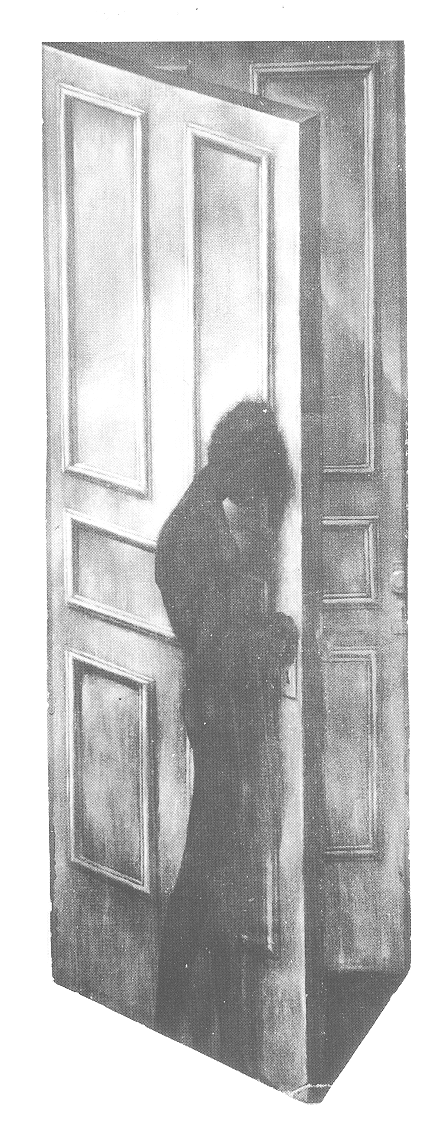
Bon Soir, oil on canvas, shaped painting, 1951

My parents, Andrew and Amanda Tanning, 1903

I am mugging for elocution lessons, 1918
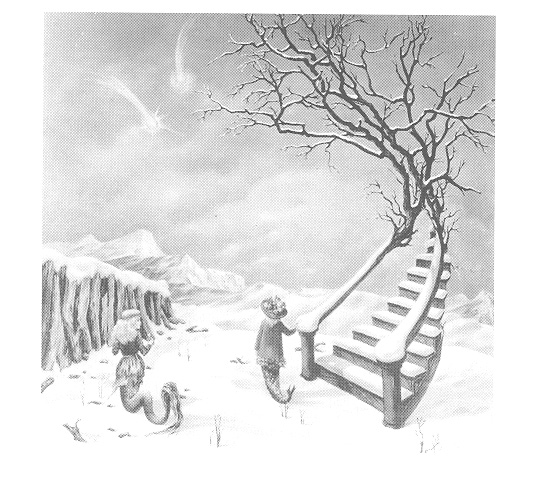
The Truth About Comets and Little Girls, oil on canvas, 1951
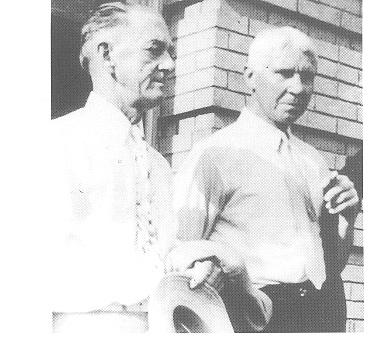
Andy Tanning and hometown friend, Carl Sandburg, 1939
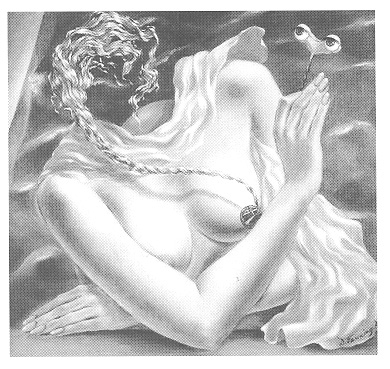
Voltage, oil on canvas, 1943
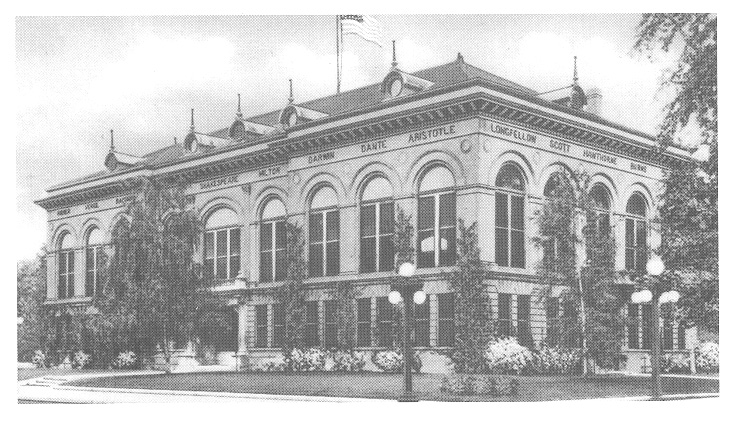
Galesburg Public Library
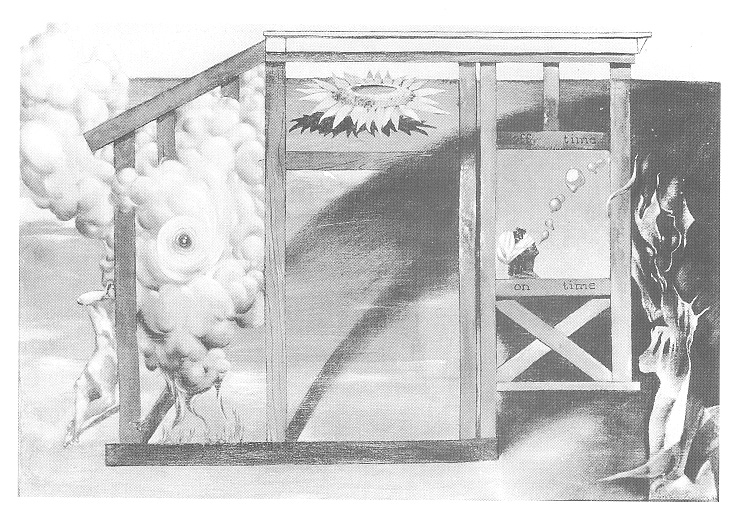
On Time Off Time, oil on canvas, 1948
Next page

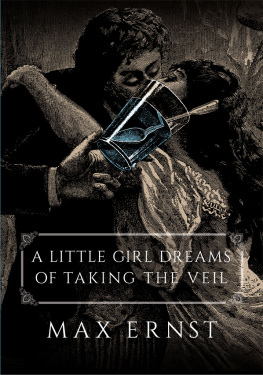
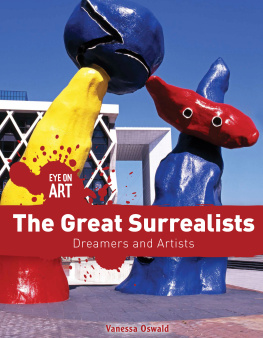

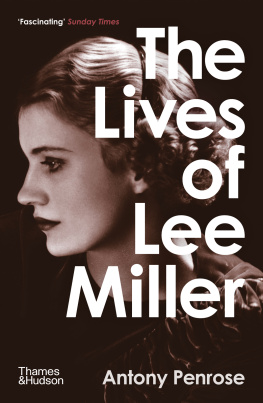



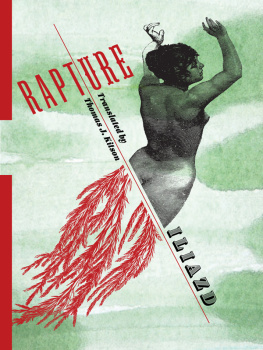
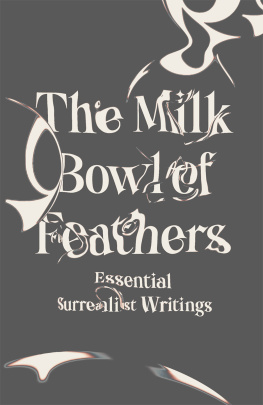
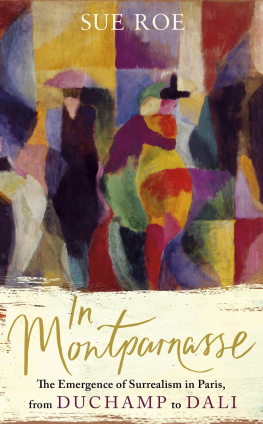
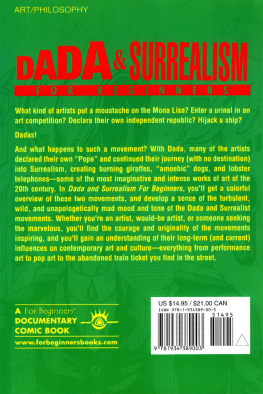


 W. W. Norton & Company New York London
W. W. Norton & Company New York London






